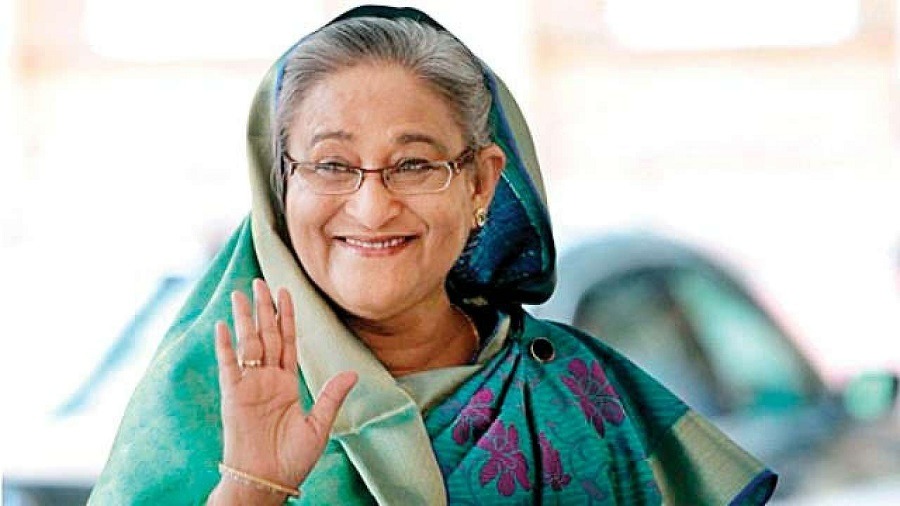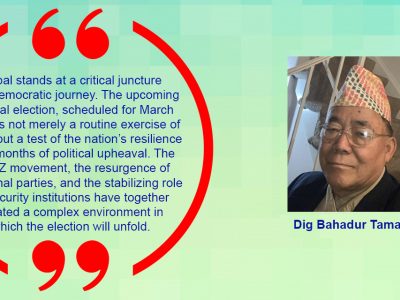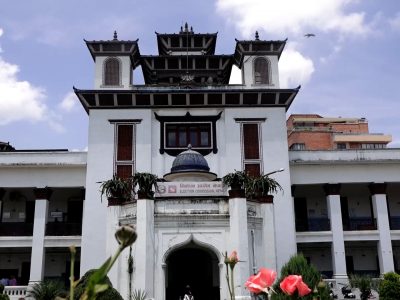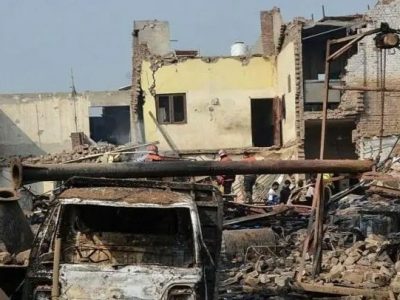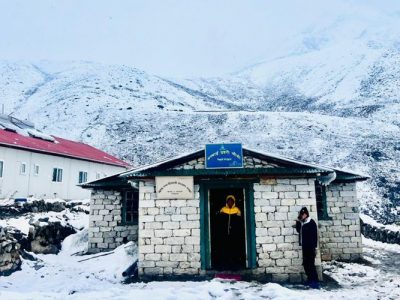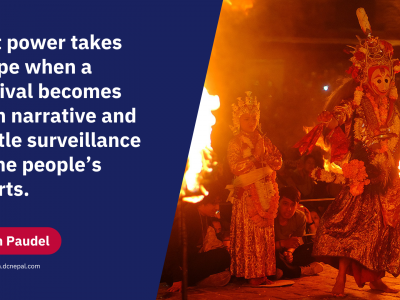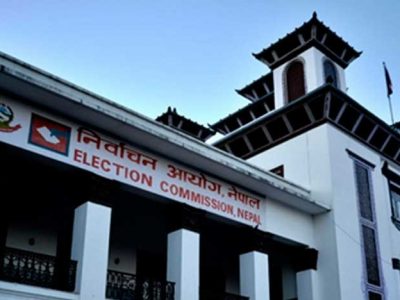Bhutanese American in becoming: struggle and success
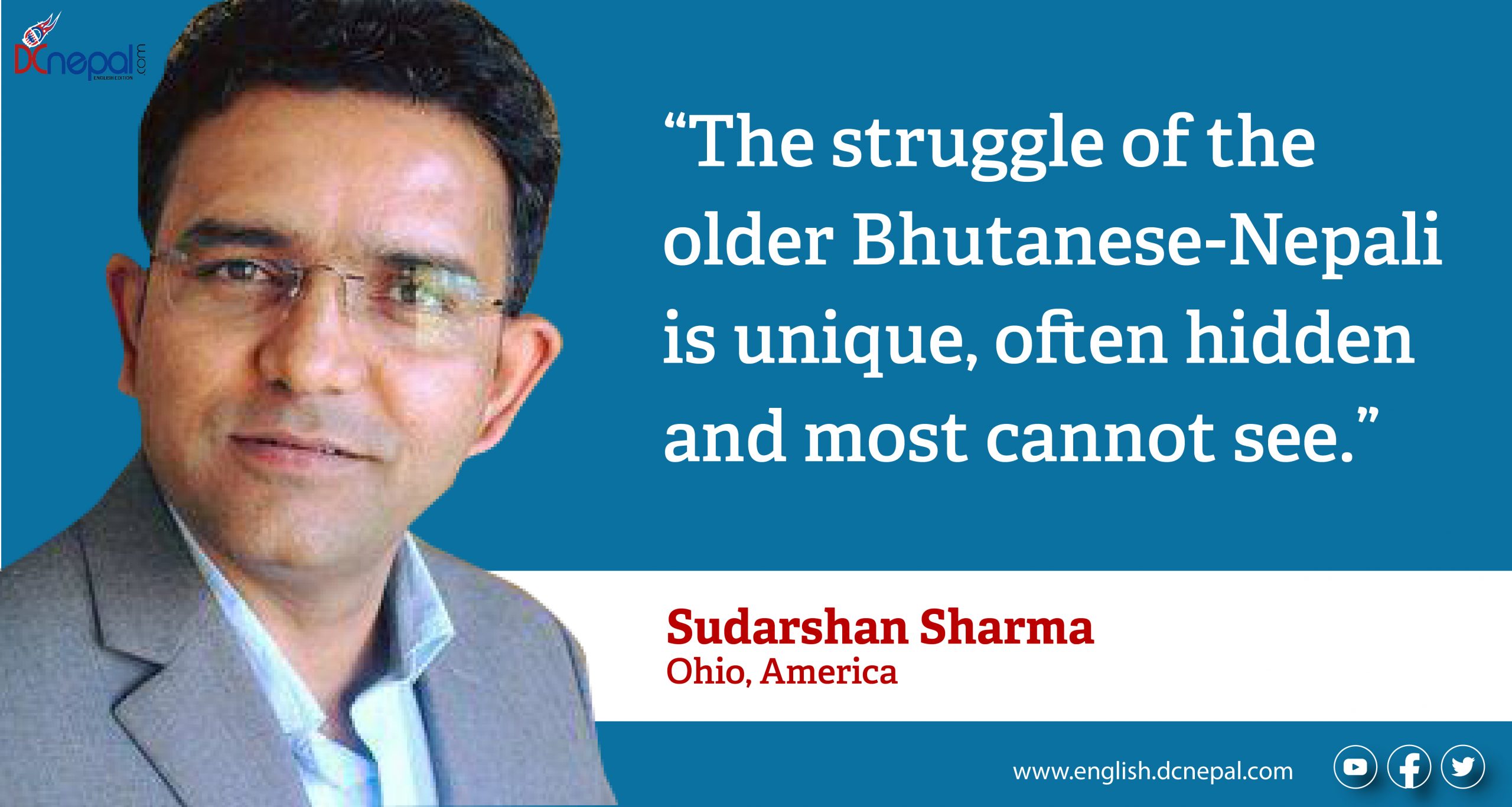
Achieving the American Dream is not an easy task even for those who immigrate to the US with a college education, family support, work skills and impressive resumes. You must have heard stories of struggle even for those individuals who come from well to do families. Now let’s talk about immigrants who came to the US from other spectrums of life. I am talking about Bhutanese American those who move to the US from refugee camps. In this series (Bhutanese American in Becoming), we are going to look at the struggle and success of Bhutanese-Nepali who were settled in the US in the recent decade. The Bhutanese American or interchangeably used as Bhutanese-Nepali made their journey to the US not with enthusiasm or seeking an opportunity for a better life but out of necessity and a long struggle.
In the beginning, when resettlement started, most of them did not take the idea of settling down in Europe or America seriously. The older generation backed by refugee leaders strongly insisted on repatriation. Most families were divided between going back to Bhutan or taking a leap of faith and resettling in the Western counties. It took serious grinding before the third country resettlement became a reality. Now over 100 thousand Bhutanese refugees are settled in the US, Canada, Australia, New Zealand, Norway, Denmark, Netherlands, and the UK.
Being resettled in these counties may sound like a dream come true for these refugees, but even today, the older generation has not come to terms with an American or European life instead of being in Bhutan. If you talk to them, they will give you a very calculated answer that the choice they made was for their children’s future. It sure sounds like a sacrifice, but sure enough, their sacrifice is paying off when they see their children catching up with life and a way of living in a new country.
The struggle of the older Bhutanese-Nepali is unique, often hidden and most cannot see. They silently lament about the difficulty of not being able to speak the language of the land, thus they cannot speak for themselves. Their world is narrow and limited to their homes or neighborhood that they can stroll around. Most of them are confined in a small neighborhood with few families that they know. Thanks to social media though, obviously Facebook, they can at least virtually connect with their childhood friends, extended families and relatives who may be in other States or entirely in the other part of the world, in this case, Australia or New Zealand.
Contrary to the older generations, the middle generation who move to the US, in this example, in their 20s and 30s are fairly doing well. Not all, but must. One thing that puts a person on the path of the American Dream is employment, but it has to be a decent one. Although the vast majorities are employed, they can speak English, drive to places, and see the world for themselves, they are still sticking tight in the entry-level jobs. They may be in their twenties, thirties, or forties, but they are the head of a household. The head of a household is not a status with power and privilege but a responsibility. That responsibility includes earning a living, taking care of children and parents, and managing a very precarious work environment.
How do they come to take these roles? Obviously, the middle generation had relative advantages compared to their parents. At Least they had the opportunity to attend English schools in refugee camps. They were either born in Nepal or left Bhutan when they were young, which means they did not have to face the torture and brutality that their parents had to go through. The opportunity to attend free education and some basic training in the UN refugee camps in Nepal prepared them to enter the labor market in the US. Contrary to that, their parents do not have formal education and because farming is the only skill they knew, they could not fully adapt to the US workforce.
Nonetheless, the middle generation did go through the harsh reality of being refugees for most of their lives. Growing up in a refugee camp is not, at all, what you want. When a refugee child realizes that he/she is without an identity, state, an actual place to call home, it is traumatic. In refugee camps, the economic constraint is so harsh that to buy a new pair of clothes or go watch a movie on the weekend is a big deal, forget about buying a home or owning a car. Despite coming from that background just a decade ago, now they are known for buying homes, starting a new business, and keeping high employment compared to other ethnic groups.
Contrary to the anticipation that they would be lost in some corner of US cities for generations, within a decade, they are flourishing and becoming visible. In other words, the Bhutanese American is going mainstream. This community has already made a significant presence through their hard work in industries, entrepreneurship, real estate, home-buying, political activism, and political representation through running for local offices. Besides that, they are leading community-based organizations partnering with the established institutes and social service agencies to serve their own fellow members. This in itself is a great beginning.
Facebook Comment
latest Video
Trending News
- This Week
- This Month





